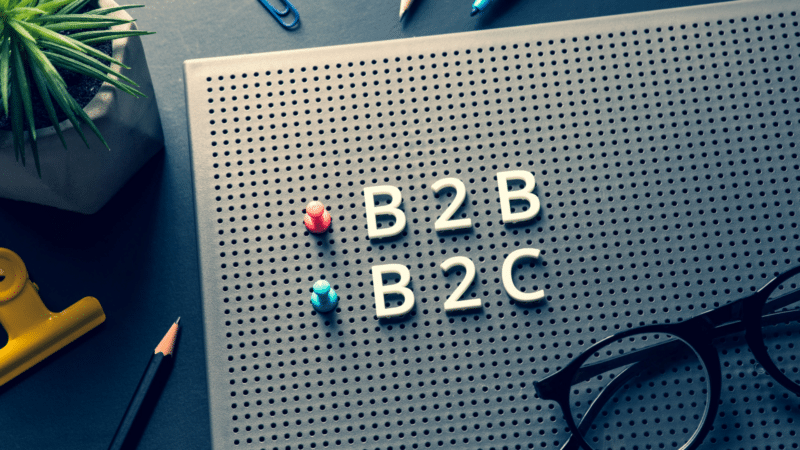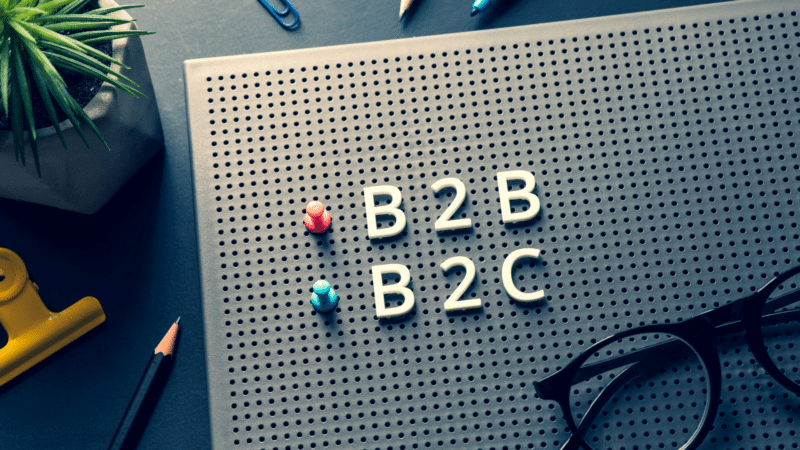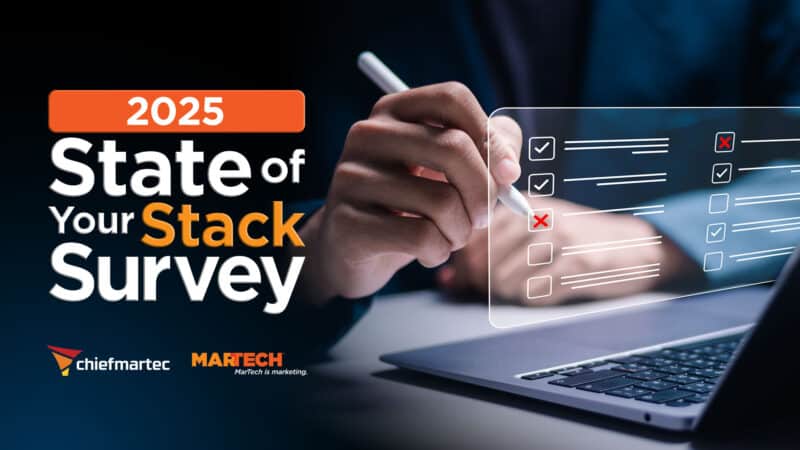
It’s frustrating to hear some marketers dismiss the differences between B2B and B2C by claiming, “It’s all business to human.” While it’s true all marketing ultimately targets people, this oversimplification ignores the significant distinctions between the two disciplines. Just as marketing luxury goods differs from selling unbranded jeans, B2B and B2C require unique approaches — particularly regarding the marketing technology and strategies deployed in campaigns.
The differences are significant. They affect how people make buying decisions, the that-attracts-and-converts-more-customers">length of sales cycles, and the emotions involved. Understanding these distinctions is essential for marketers to succeed in their respective domains.
5 reasons B2B isn’t B2C
1. B2B purchases are usually made by a group rather than an individual
In B2B marketing, addressing the diverse needs of a buying committee is a clear challenge. This poses a significant hurdle for marketers, as even the most advanced martech solutions struggle to provide a comprehensive view of the buying committee.
However, this complexity is why tools like marketing automation are more widely utilized in B2B than B2C. They are essential for managing intricate buying processes, and the abundance of data in B2B makes them far more effective.
2. B2B purchases have long sales cycles
While some consumer purchases have long sales cycles, they rarely extend to the lengths seen in B2B. We worked with a company that sold baggage handling systems to airports, where sales cycles ranged from six to 20 years. Managing and engaging customers through such extended buyer journeys is one of B2B marketing’s biggest challenges.
3. Organizations implement systems and processes to make purchases logical
In B2B, endless spreadsheets, scorecards and analytics assess the cost and benefits of products and evaluate the vendors themselves. If the right information isn’t presented in a compelling way, a potential customer might deem your company the wrong choice.
This is so different from B2C. I’ve never built a spreadsheet to decide which chocolate bar or business suit to buy! From a martech point of view, delivering the right technical information to customers is a critical part of B2B.
Dig deeper: Not all B2B and B2C categorizations are alike
4. The emotional drivers in B2B differ from B2C
Consumer purchases are often driven by emotional factors such as status or the desire to reduce stress. In B2B, the emotional drivers are very different, with fear of making the wrong decision a major factor. Although deploying risk-reduction strategies is an element of buying in both situations, it’s much more important in B2B.
You buy tickets to see bands, films or shows because you’re excited about the possibility of how good it is and not because they are the least likely to disappoint. In B2B, sometimes over-selling means customers perceive a high risk of disappointment and avoid the product. In B2C, if the customer believes you, that’s what matters — unless you’re worried about repeat purchases.
There are indeed some areas where risk reduction is important in B2C. Airlines are a good example. No one wants to go on holiday in a plane that might crash. However, marketers in these sectors haven’t done a great job, with most of the competition focusing on price.
In the U.K., marketers decided to act on research indicating that British Airways was perceived as “stuffy.” They replaced the traditional flag design on the aircraft tailplanes with various designs to refresh the brand. However, it sparked a backlash from many consumers who valued the flag, distinguishing the national carrier from other airlines.
Ironically, the redesign created an unintended perception that the planes were less safe without the familiar flag. Perhaps B2C marketers should remember that airline passengers don’t think thrilling, surprising and exciting are positives, particularly the quarter of the population with anxiety over flying.
5. The value of B2B sales is much higher than B2C
The high value of B2B sales drives marketers to invest significant time in understanding customers’ needs and crafting personalized content for them. With account-based marketing, this personalization can even target a single individual. In contrast, B2C operates on a much lower value per transaction but caters to a vastly larger audience. For martech, the personalization demands in B2B are far higher, requiring extensive data to profile and engage each individual effectively.
3 ways B2B overlaps with B2C
It’s a mistake to assume that B2B is entirely different from B2C, as both ultimately involve humans. B2B marketers should reflect on whether they’re delivering the same engaging experiences that B2C marketers create.
We only have ourselves to blame when we deliver unemotional campaigns that don’t inspire buyers. This lack of connection is why B2B marketing faces criticism. To improve, we must recognize the similarities between the two disciplines and strive to bring the same level of creativity and emotional resonance to our campaigns.
1. It really is all ‘business-to-human’
Despite organizations’ attempts to implement systems and processes to remove emotion from purchases, humans must be involved. This means that decisions are never completely logical: You will lose sales if you don’t trigger positive emotions in potential customers.
2. B2B customers’ motivations are soft, not hard
Those processes don’t change the fact that everyone in the buying committee has factors motivating them to make a particular decision. It could be a wish for status, career progression or development of skills that makes one vendor seem more attractive than others. How good are B2B marketers at gathering this data? We could learn something from consumer marketers here.
3. Expectations are changing
About 80% of B2B buyers now expect the same buying experience as B2C customers, according to research by Gitnux. Your B2B customers don’t want the stuffy, formal and frankly boring approaches that worked 50 years ago. They want creative, engaging and helpful campaigns.
B2B isn’t B2C. However, B2B is changing. So it’s important to understand that what happens in consumer marketing will impact the business-to-business space. Expectations for creativity, engagement and personalization are growing in B2B customers and doing what worked yesterday will end many B2B marketing careers tomorrow.
Dig deeper: Why B2B marketing must adopt B2C tactics
Unpacking the realities of B2B and B2C marketing
Despite the changes, you cannot drop a B2C campaign into a B2B martech stack and generate results. B2B marketers need to deliver different information to larger groups of people involved in the purchase decision. They must do this while managing the drivers that impact people at work and the extremely long sales cycles. Let’s celebrate the diversity of the two marketing disciplines while sneakily copying the best aspects of B2C campaigns to ensure B2B marketing doesn’t get left behind!
The post 5 ways B2B differs from B2C — and 3 ways they align appeared first on MarTech.





